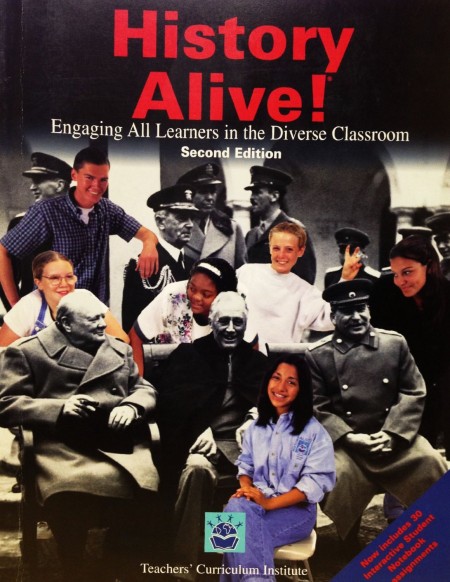As a country, we’ve vastly under-appreciated the importance of high-quality content as a key lever to improve teaching and learning. One of my mentors Dr. Denise Pope, lecturer at Stanford Graduate School of Education, calls curriculum the “Trojan horse of school reform.”
I believe this to be true, now more than ever. The conditions are ripe for a curriculum revolution that has the potential to both improve student achievement and support great teaching.*
Three macro-trends are paving the way for more innovation in K-12 content. They are:
1. Technology advances – Lower cost of launching an edtech company has reduced the barrier of entry; technology enables superior learning features, e.g. automatic leveling, adaptivity
2. Common Core standards – One market for curriculum creators instead of 50 sub-markets; and new standards call for deeper learning over “coverage” of content which favors targeted quality
3. Increase in teacher entrepreneurs – Master teachers are capturing their brilliance by creating scalable, tech-enabled curriculum online, e.g. Jeff Scheur of No Red Ink and Eileen Murphy at ThinkCerca (just to name a few CPS teacher-entrepreneurs)
I learned to teach history not through my $40k teacher certification program, but through a startup curriculum company called History Alive!.* This was my first History Alive! resource book.

Founded by two teachers Jim Lobdell and Burt Bowers, who traded off semesters in the classroom while building their company, History Alive! is based on the theories of Jerome Bruner (spiraling), Elizabeth Cohen (cooperative group-work) and Howard Gardner (multiple intelligences). History Alive! standardized structure, flow, and rhythm of their lessons while the content changed (french revolution, civil war, etc.) The lessons scaffolded my growth as a teacher and I began to internalize pedagogical theory which I hadn’t been able to grasp well while learning these same theories in my “Methods” teacher education course. After a couple of years, I began developing my own version of History Alive! lessons with the rich content from the internet.
Investors, including NewSchools, have traditionally steered clear of K-12 content because the textbook and curriculum market was dominated by the publisher oligarchy which largely controlled the distribution network through huge sales forces and long-standing chummy relationships with school administrators. Unfriendly policy around textbook adoption and the RFP process made it difficult for startups to compete with the big three publishers. As a result, innovation in curriculum suffered. Meanwhile, content on the internet exploded.
With the confluence of Common Core, technology and teacher entrepreneurs, we’re optimistic about the future of K-12 curriculum. No doubt, there are still considerable challenges for startups to overcome especially around access to capital and distribution. If we – the funders, the policymakers, the key decision-makers in our schools – can continue to remove the obstacles that get in the way of educator-led innovation, we can unleash and scale the brilliance that already exists in classrooms around the world. And our children will benefit.